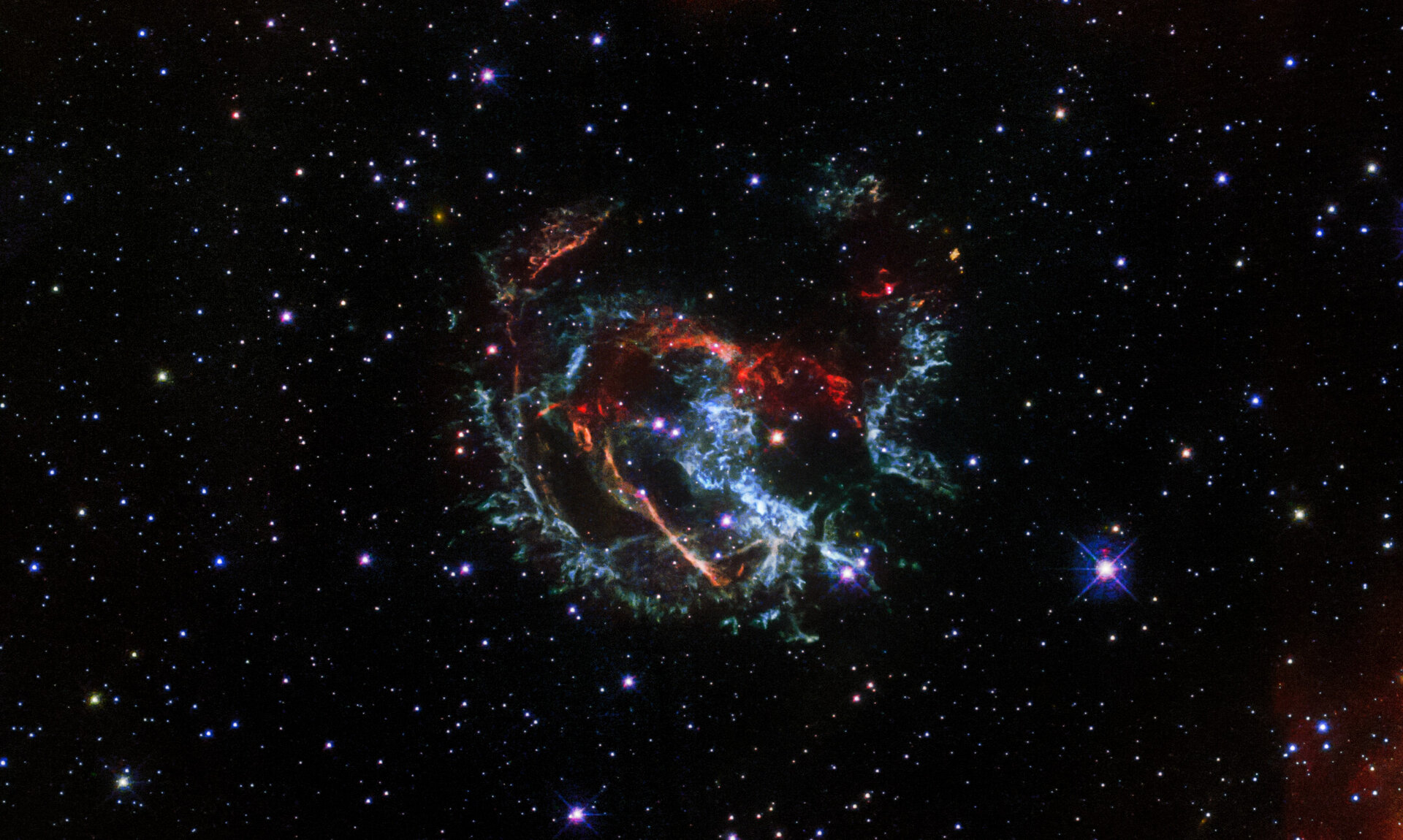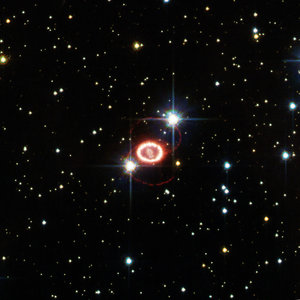Accept all cookies Accept only essential cookies See our Cookie Notice

About ESA
The European Space Agency (ESA) is Europe’s gateway to space. Its mission is to shape the development of Europe’s space capability and ensure that investment in space continues to deliver benefits to the citizens of Europe and the world.
Highlights
ESA - United space in Europe
This is ESA ESA facts Member States & Cooperating States Funding Director General Top management For Member State Delegations European vision European Space Policy ESA & EU Space Councils Responsibility & Sustainability Annual Report Calendar of meetings Corporate newsEstablishments & sites
ESA Headquarters ESA ESTEC ESA ESOC ESA ESRIN ESA EAC ESA ESAC Europe's Spaceport ESA ESEC ESA ECSAT Brussels Office Washington OfficeWorking with ESA
Business with ESA ESA Commercialisation Gateway Law at ESA Careers Cyber resilience at ESA IT at ESA Newsroom Partnerships Merchandising Licence Education Open Space Innovation Platform Integrity and Reporting Administrative Tribunal Health and SafetyMore about ESA
History ESA Historical Archives Exhibitions Publications Art & Culture ESA Merchandise Kids Diversity ESA Brand Centre ESA ChampionsSpace in Member States
Find out more about space activities in our 23 Member States, and understand how ESA works together with their national agencies, institutions and organisations.
Science & Exploration
Exploring our Solar System and unlocking the secrets of the Universe
Go to topicAstronauts
Missions
Juice Euclid Webb Solar Orbiter BepiColombo Gaia ExoMars Cheops Exoplanet missions More missionsActivities
International Space Station Orion service module Gateway Concordia Caves & Pangaea BenefitsLatest
Space Safety
Protecting life and infrastructure on Earth and in orbit
Go to topicAsteroids
Asteroids and Planetary Defence Asteroid danger explained Flyeye telescope: asteroid detection Hera mission: asteroid deflection Near-Earth Object Coordination CentreSpace junk
About space debris Space debris by the numbers Space Environment Report In space refuelling, refurbishing and removingSafety from space
Clean Space ecodesign Zero Debris Technologies Space for Earth Supporting Sustainable DevelopmentApplications
Using space to benefit citizens and meet future challenges on Earth
Go to topicObserving the Earth
Observing the Earth Future EO Copernicus Meteorology Space for our climate Satellite missionsCommercialisation
ESA Commercialisation Gateway Open Space Innovation Platform Business Incubation ESA Space SolutionsLatest
Enabling & Support
Making space accessible and developing the technologies for the future
Go to topicBuilding missions
Space Engineering and Technology Test centre Laboratories Concurrent Design Facility Preparing for the future Shaping the Future Discovery and Preparation Advanced Concepts TeamSpace transportation
Space Transportation Ariane Vega Space Rider Future space transportation Boost! Europe's Spaceport Launches from Europe's Spaceport from 2012Latest

Hubble pinpoints supernova blast
Thank you for liking
You have already liked this page, you can only like it once!
The NASA/ESA Hubble Space Telescope has observed the supernova remnant named 1E 0102.2-7219. Researchers are using Hubble’s imagery of the remnant object to wind back the clock on the expanding remains of this exploded star in the hope of understanding the supernova event that caused it 1700 years ago.
The featured star that exploded long ago belongs to the Small Magellanic Cloud, a satellite galaxy of our Milky Way located roughly 200 000 light-years away. The doomed star left behind an expanding, gaseous corpse — a supernova remnant — known as 1E 0102.2-7219.
Because the gaseous knots in this supernova remnant are moving at different speeds and directions from the supernova explosion, those moving toward Earth are coloured blue in this composition and the ones moving away are shown in red. This new Hubble image shows these ribbons of gas speeding away from the explosion site at an average speed of 3.2 million kilometres per hour. At that speed, you could travel to the Moon and back in 15 minutes.
Researchers have studied the Hubble archive looking for visible-light images of the supernova remnant and they have analysed the data to calculate a more accurate estimate of the age and centre of the supernova blast.
According to their new estimates, light from this blast arrived at Earth 1700 years ago, during the decline of the Roman Empire. This supernova would only have been visible to inhabitants of Earth’s southern hemisphere. Unfortunately, there are no known records of this titanic event. Earlier studies proposed explosion dates of 2000 and 1000 years ago, but this new analysis is believed to be more robust.
To pinpoint when the explosion occurred, researchers studied the tadpole-shaped, oxygen-rich clumps of ejecta flung out by this supernova blast. Ionised oxygen is an excellent tracer because it glows brightest in visible light. By using Hubble’s powerful resolution to identify the 22 fastest moving ejecta clumps, or knots, the researchers determined that these targets were the least likely to have been slowed down by passage through interstellar material. They then traced the knots’ motion backward until the ejecta coalesced at one point, identifying the explosion site. Once that was known, they could calculate how long it took the speedy knots to travel from the explosion centre to their current location.
Hubble also measured the speed of a suspected neutron star — the crushed core of the doomed star — that was ejected from the blast. Based on the researchers’ estimates, it must be moving at more than 3 million kilometres per hour from the centre of the explosion to have arrived at its current position. The suspected neutron star was identified in observations with the European Southern Observatory’s Very Large Telescope in Chile, in combination with data from NASA’s Chandra X-ray Observatory.
-
CREDIT
NASA, ESA, and J. Banovetz and D. Milisavljevic (Purdue University); CC BY 4.0 -
LICENCE
CC BY 4.0 INT or ESA Standard Licence
(content can be used under either licence)

Hubble’s view of supernova explosion Cassiopeia A

Supernova remnant N103B

Supernova remnant 1987A

Crab Nebula















 Germany
Germany
 Austria
Austria
 Belgium
Belgium
 Denmark
Denmark
 Spain
Spain
 Estonia
Estonia
 Finland
Finland
 France
France
 Greece
Greece
 Hungary
Hungary
 Ireland
Ireland
 Italy
Italy
 Luxembourg
Luxembourg
 Norway
Norway
 The Netherlands
The Netherlands
 Poland
Poland
 Portugal
Portugal
 Czechia
Czechia
 Romania
Romania
 United Kingdom
United Kingdom
 Slovenia
Slovenia
 Sweden
Sweden
 Switzerland
Switzerland
























